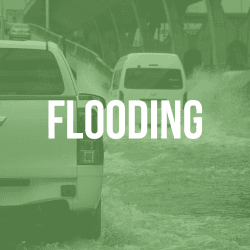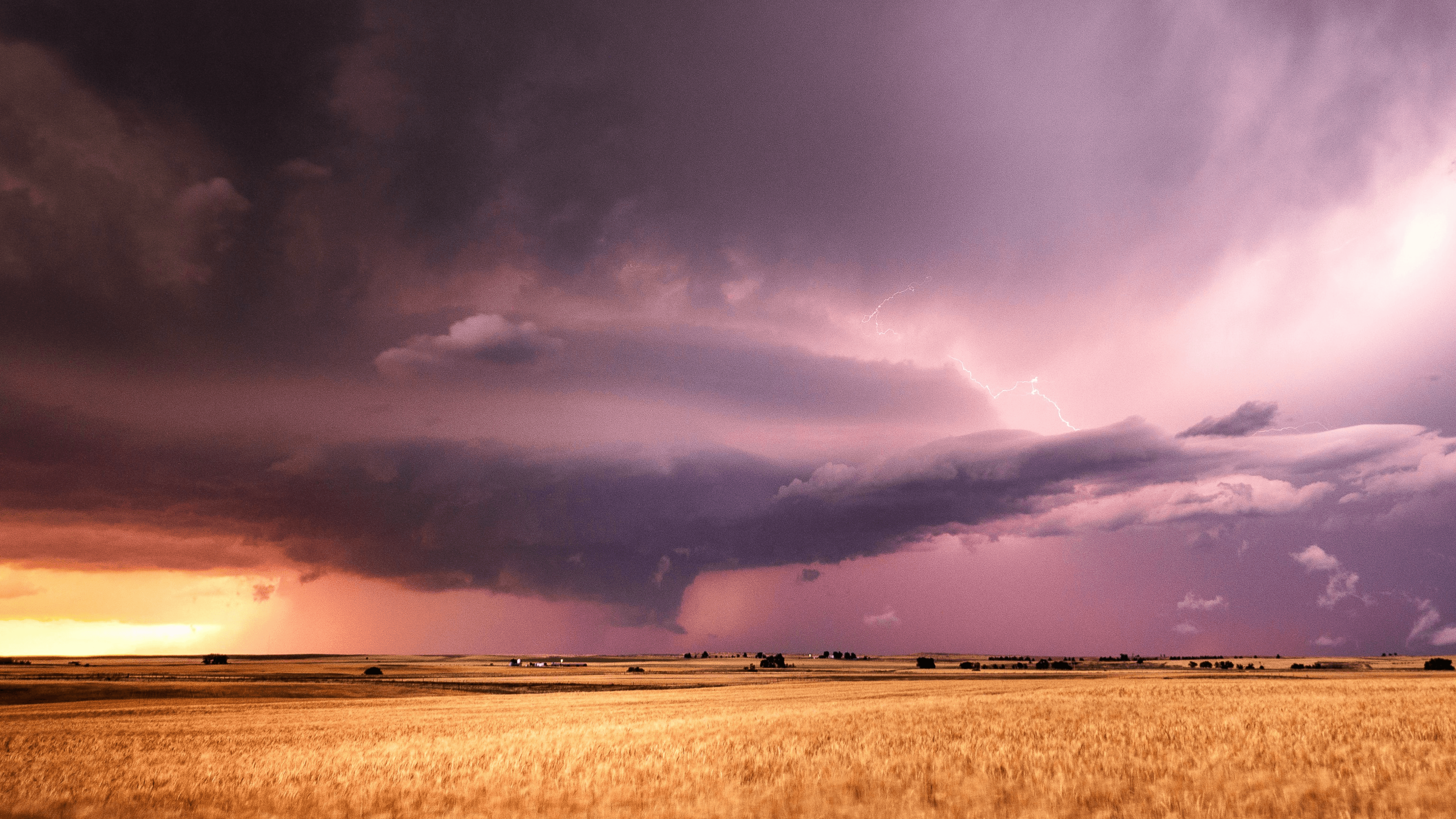
Like heatwaves, flooding due to heavy rainfall is closely associated with climate change, as higher levels of moisture tend to occur in warmer air. This means that climate change affects the frequency and/or the intensity of precipitation in a given area. For example, the EPA notes that “nine of the top ten years for extreme one-day precipitation events have occurred since 1996.” Additionally, sea level rise due to climate change has increased the risk of coastal flooding, with impacts ranging from damaged homes and roads to disrupted ecosystems.
According to a report from the Joint Economic Committee, the estimated cost of flooding in the United States each year is between $179.8 and $496 billion. While the destruction of infrastructure, businesses, and homes make up the bulk of this cost, heavy rain and storms also take a toll on food production through damaged crops and contaminated water supplies.
For more information about projected flood risks, check out the Sea Level Rise Viewer from the National Oceanic and Atmospheric Administration and Climate Central’s Coastal Risk Screening Tool.

